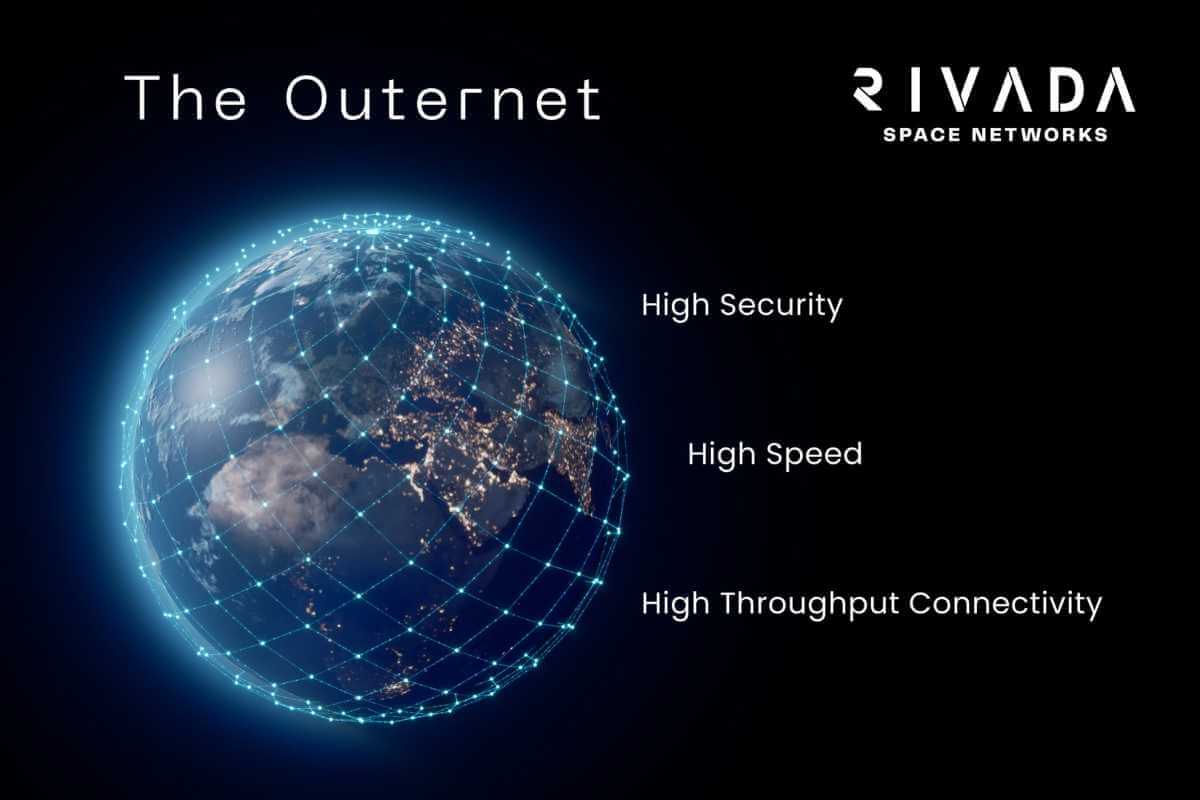
KT SAT, Korea's national satellite communications provider, has signed a Memorandum of Understanding (MoU) with Rivada Space Networks to provide connectivity for enterprise and government customers across the Asia Pacific region and beyond. The partnership will see KT SAT deploying Rivada's Outernet, a space-based network comprising 600 low Earth orbit (LEO) satellites. Rivada said this network forms a global low-latency optical mesh, ensuring data remains in space from origin to destination, which significantly enhances security and reduces latency compared to terrestrial fibre.
Also Read: Viasat and Azercosmos Partner to Expand Satellite Connectivity in Azerbaijan
Partnership for Connectivity
KT SAT will leverage the Outernet's advanced onboard processing and inter-satellite laser links to provide connectivity solutions. Rivada said these solutions are ideal for sectors such as banking, global corporate networks, oil and gas exploration, maritime operations, and 5G satellite backhaul for cellular networks. This infrastructure is especially critical given the rising geopolitical tensions affecting Asia's subsea cables in the region.
"The Outernet will provide secure connectivity and expanded coverage, enabling KT SAT to tap into new markets," Rivada Space Networks said. "As a completely new type of LEO constellation, the Outernet can provide the Asia Pacific region with a next-generation infrastructure for secure, resilient communications and network expansion."
Also Read: InterSAT Selects Eutelsat Ku-band Capacity to Extend Satellite Services in Africa
Global Deployment Timeline
Rivada's global low-latency point-to-point network of 600 low Earth orbit (LEO) satellites is a constellation combining inter-satellite laser links with advanced onboard processing and routing to create a ubiquitous optical mesh network in space, according to the official release.
This orbital network, in which data stays in space from origin to destination, creates an ultra-secure, private satellite network with pole-to-pole coverage, offering end-to-end latencies much lower than terrestrial fibre over long distances. Rivada said the first satellite launch is set for 2025, with global service available in 2026.















